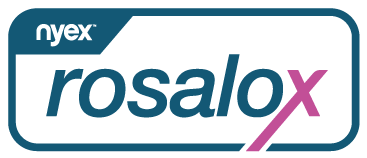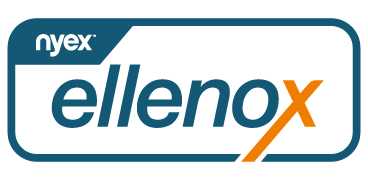Clomazone removal from water
Clomazone is a widely used herbicide belonging to the class of chemical compounds known as isoxazolidinones. It is sometimes known at Dimethazone.
It is mainly used in farming to manage weeds in crops like soybeans, peanuts, sunflowers, and cotton.
While it is effective in weed control, clomazone can pose a significant risk to water sources due to its persistence and potential toxicity.
In this article, we will explore the various aspects of clomazone, including its uses, environmental impact, and methods for removing it from water.







